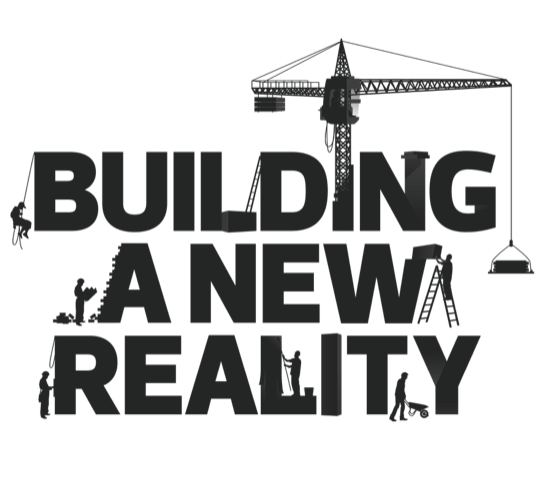
Restorative Self-Care is more than bubble baths and binge-watching Netflix.
It draws upon core principles of restorative practices such as the social discipline window and the restorative practices continuum to manage conflict and tension, repair harm, and restore relationship with one’s self.
A common misperception about restorative practices is that you use it to achieve certain outcomes. Yet, the best restorative practices experts I’ve met also apply the wisdom to themselves.
That’s why I was intrigued when I learned that Keisha Allen, executive director of the Black Family Development Inc. (BFDI) Training Institute in Detroit, developed a workshop on restorative self-care.
Keisha is a Master Licensed Professional Development Trainer who has led restorative practice training of thousands of organizational leaders, educators, justice practitioners, parents, and youth. She specializes in transforming environments, changing the way we engage and interact with each other, and helping adults shift from punitive to restorative learning environments.
In the following interview, I ask Keisha about her “Restorative Self-Care” training, the blending of restorative practices, and self-care, and why we need it now more than ever.
Q: What is Restorative Self-Care?
Keisha: Restorative practices aim to build community by managing conflict and tension to repair harm and restore relationships. One of the challenges with this work is many people see restorative practices as something that is outside of themselves.
During training, I ask, “Where does community begin?” Most people say, “your neighbors” or “your immediate surroundings.” But community actually begins with you. Within you is a community. You are a complex, diverse being within your community.
If you don’t take time to build this community, manage conflict and tension, repair harm, and restore relationship within yourself, it will be difficult to do these things with others. In the training, people who are stressed out and overwhelmed get the opportunity to leave with specific tools to calm their world and impact their world professionally and personally.
Q. How can we use the basic principles of restorative practices in self-care?
Keisha: We often say in restorative practices that “people are happier, more cooperative and productive, and more likely to make positive changes in their behavior when those in authority do
things with them, rather than to or for them.”
All of the principles, like the social discipline window, fair process, and the restorative practices continuum, apply to yourself first.
For example, using the social discipline window, are you punitive person? Are you neglectful or permissive?
Being able to understand what it means to be “fair” (as in the fair process). Are you engaged? Do you explain it clearly? Do you attack yourself?
When you become awakened to how you navigate a crisis, you don’t have to respond negatively. You can choose to have a healthy, happy relationship with yourself. You can allow yourself the opportunity to feel whatever it is you’re feeling. You’re not holding it in and becoming toxic.
You can also use the restorative practices continuum, such as affective statements. “When this happens, I feel…” How did you feel when such and such took place? Offer a solution. Sometimes the only solution is, “I can’t do anything about that.” And that’s okay too. All of these principles apply to self-care.
Q. What is the one thing you think people misunderstand about restorative practices and self-care?
One of the biggest myths people have about restorative practices is that it’s a program. It’s not. For me, it’s not a tool that goes in your toolbelt. It’s a paradigm shift that changes the way you think, feel, and communicate with yourself and others.
The biggest misunderstanding about self-care is people think they are taking care of themselves, and they’re not. Dwight Jones, the executive director of the Detroit Community School, is very stoic and blank-faced. The training allowed him to become more vulnerable. Before the training, he was convinced he was okay. After the training, he realized he had some work to do.
Q: Why did you develop the class?
Keisha: One of the things I found through my training was I knew how to operationalize restorative practices in schools, the justice system, or (with) the police. But I wondered, “how do I do it for myself?” I wanted to provide a deeper dive into what restorative practices look like when it’s just dealing with you.
One of the most popular questions I get is, “how do I get my school or workplace to operationalize restorative practices principles?” If people use these principles for themselves, the issues of buy-in and wanting others to sanction restorative practices kind of go away. If the fruit you’re producing is good, it makes people want to come to your tree. Buy-in is not convincing someone else; it’s about modeling the behavior and making them come to you themselves.
Q: Why do you think this class is needed now?
I have been doing restorative practices training for nine years. I developed this class a year and a half ago. We live in a space when everything is moving so fast. Many people are trying to keep up with this moment.
We forgot to take care of ourselves. It’s not even normal to think about taking care of ourselves. Most people don’t think about what they need. They live on autopilot. We go to work. We come home. We relax. We go to bed. We wonder why we have stress, anxiety, and depression. We don’t take time for us.
One of the things this pandemic does is remind us of the beauty and value of stopping and taking the time to just drink in your family or having some alone time. It’s needed because we are in a time of trauma and crisis. If people don’t take time for themselves and address their issues, it can overwhelm you.
To learn more about the Black-led movement to repair harm, restore relationships and build social capital, please check-out our award-winning docuseries Detroit Rising, now available to rent.

